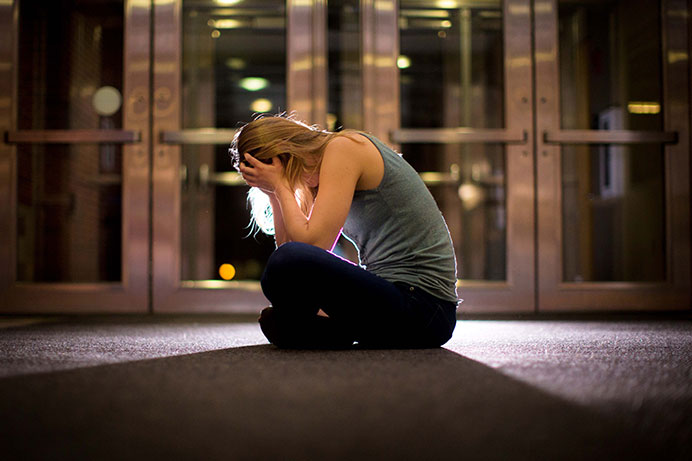Suicide rates have risen in 49 states between 1999 and 2016, with the suicide rate in Iowa increasing more than 36 percent, a report published by the Centers for Disease Control & Prevention found earlier this month.
In 2016 alone, 45,000 Americans died by suicide, making it the 10th leading cause of death in the nation.
The report was released in the same week that fashion designer Kate Spade and celebrity chef Anthony Bourdain both took their lives, drawing massive amounts of media coverage to the topic.
“Like other public-health issues, suicide can be preventable,” said Tiffany Conroy of the Iowa Department of Public Health Office of Disability, Injury, and Violence Prevention in a news release. “By addressing risk and protective factors impacting communities, we can decrease the feelings of isolation and stigma often experienced by people who have thoughts of suicide and have a positive impact on the health and well-being of our society. We can save lives.”
While Spade was battling depression and anxiety and Bourdain struggled with addiction and depression, suicide is not centered on mental-health conditions alone. According to the report, more than 50 percent of those who died by suicide had no known mental-health condition.
Suicide-prevention efforts are often focused on treatment of mental-health conditions. However, based on these statistics, the report calls for society to take a more comprehensive look at suicide prevention, addressing a wider range of factors that may contribute to someone taking her or his life. Some of these additional factors that were most prevalent in cases of suicide are relationship problems, substance abuse, a crisis that had occurred, or physical-health problems.
RELATED: Mental-health care in crisis
A surge in the amount of media coverage on suicide and mental health can be positive in de-stigmatizing the topic; however, Barry Schreier, the director of University Counseling Service at the University of Iowa, said to be cautious before jumping to any conclusions on such a multilayered issue.
“The report wasn’t entirely conclusive as to why the increase happened,” Schreier said. “It could be an increase in reportings, it could be an actual increase in suicides that occurred, it could be both. It’s a good report for us to have, but we can’t draw simple conclusions on data that tend to be very complex.”
The age group of 18- to 24-year-olds has one of the highest occurring suicide rates, and Schreier said University Counseling is very cognizant of that. One service that University Counseling offers is same-day, quick-access appointments for students. University Counseling also offers hands-on training to staff and faculty to identify the warning signs of suicide and to be able to act on it effectively.
RELATED: Mental health takes center stage
One group that is working at the UI to combat the stigma surrounding mental health is the student organization Active Minds. It works to build a sense of community and raise awareness about mental health, along with connecting students to the resources that are available.
“A big part of prevention is education,” said Sammy Stoll, the president of Active Minds. “A lot of the time, students don’t know the resources available to them, or since there is a stigma around mental health, they don’t want to talk about it. But suicide is preventable, and that is the main thing we need to focus on.”
Resources:
Crisis Center of Johnson County 24 Hour Hotline: 1-855-325-4296



